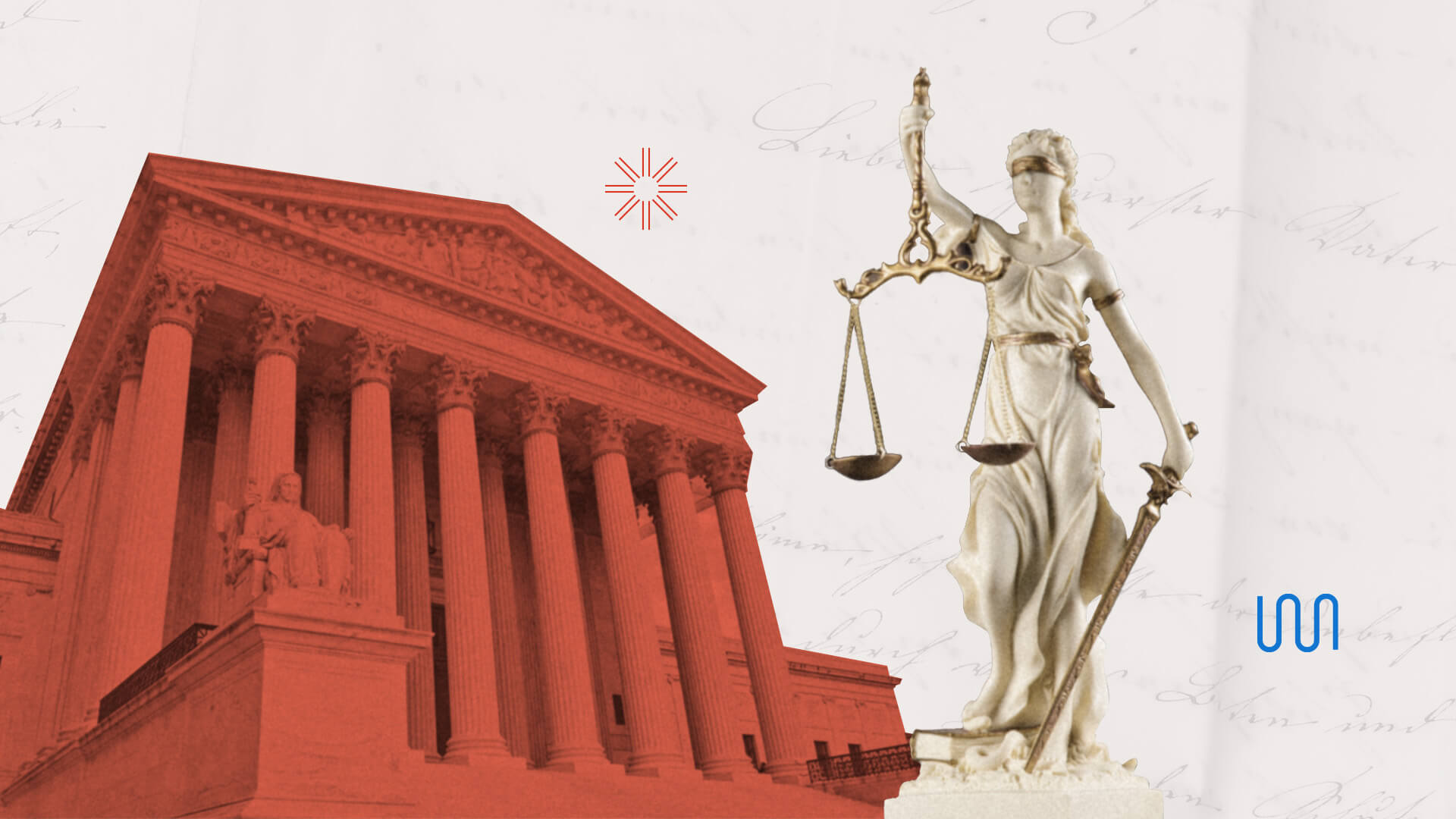
When the pandemic hit early last year, it shook employment numbers across industries. At first, the employment losses across the workforce could largely be attributed to the pandemic's logistical disruptions, as companies scrambled to keep staff while simultaneously trying to move to remote operations. But as the pandemic wears on 2 years later, people are quitting at higher rates — and for different reasons. Four million workers quit their jobs in July 2020, leading to what many are calling the Great Resignation.
The legal industry has been particularly hard-hit with resignations, as employees have begun to favor a better work-life balance over retention bonuses. The mass resignation is a reflection of a realignment of values, with workers rethinking what success looks like and what they want from both their work and their employers.
Using Legal Tech to improve employee well-being
In the legal profession — where job stress is notoriously high and job satisfaction notoriously low — the pandemic added to a preexisting mental health crisis at the exact moment firms were hit by a marked increase in Covid-related workloads. In March of 2020 alone, firms saw a record 9.7% employee attrition rate and have been hemorrhaging losses since. These losses have serious financial implications — it costs an average of 33% of an employee's annual salary to retrain and replace one who quits — and they also hurt morale and employee well-being.
The myriad impacts of the “Great Resignation” have law firms clambering to staunch their losses, retain existing employees, and attract new ones — and many are turning to technology to do it. Legal Technology (or Legal Tech) can be used by companies to improve processes or increase efficiency and effectiveness. Legal Tech can help a firm automate routine processes, such as drawing up NDAs or scanning discovery documents, allowing employees to work on more rewarding and stimulating work. It can also streamline work for people who fill different roles throughout the day, easing stress and improving workflows. Or it can preserve institutional knowledge by automating best practices and training new employees in company culture.
Using technology to streamline and improve workflows is something lawyers want, with 57% in a recent survey identifying it as a top priority for their firms. What's more — it's working. According to Bloomberg's 2020 Legal Technology Survey, 46% of legal employees said that Legal Tech had improved their well-being. Another study found that 64% of in-house legal employees say Legal Tech has improved their workflows and workplace experience. All of this helps with employee retention and satisfaction.
But the improvements could go further. The 46% of survey respondents who cited improvements to their overall welfare reported only moderate improvements. This is an opportunity for firms looking to improve employee retention and morale. Instead of merely using Legal Tech to improve workflows and efficiency, firms could use technology to center employee well-being, investing in software that makes employees experiences not just more effective or efficient — but meaningfully better.
Realigning values to retain and attract employees
To do this, firms need to get creative. They also need to reevaluate many of the underpinnings of the legal profession. It can be challenging to embrace technology that promises greater efficiency or a stronger work-life balance in an industry that relies on billable hours and therefore rewards long, grueling hours. But if firms are to retain and attract employees in a pandemic landscape, they need to change with the times. This change could look like using tech to measure how much time employees spend on mundane tasks — and then investing in technology that automates routine work. It could look like rewarding employees or managers who integrate reductions into their workloads or achieve greater efficiency with hours worked. It could look like using tech to survey employees on the assistance they most need and then implement those changes. Or it could look like using AI to help legal employees identify career goals and create a map to reach them.
There are a multitude of options for harnessing tech to improve worker well-being and retention. Firms that implement changes and rethink their fundamental values will likely feel less of an impact of the Great Resignation — and create a better, more efficient, and more satisfied workforce in the process.

